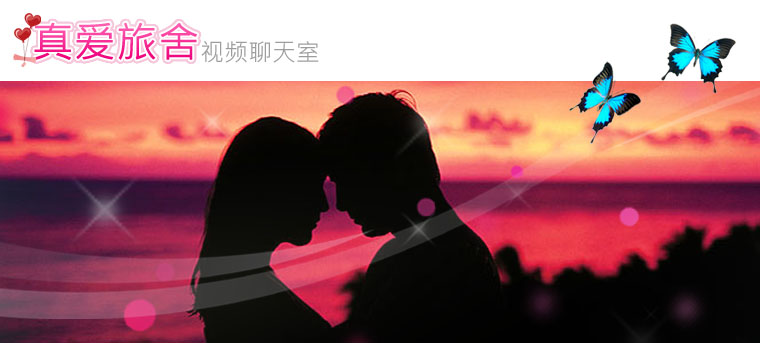蓝色的三个最佳配色是什么颜色的图片呢英文翻译
Introduction to Color Combinations
Color combinations are an essential aspect of design, art, and photography. Blue is a versatile color that can evoke emotions ranging from tranquility and trustworthiness to sadness or coldness depending on its shade and the other colors used in conjunction with it. To explore the best companions for blue, we'll focus specifically on three shades—sky blue, navy blue, and teal—and analyze their ideal pairings.
# Sky Blue: A Soft and Serene Choice
Sky blue is a light, soothing hue reminiscent of clear skies after rain or morning dew. Its softness makes it perfect for creating serene and peaceful atmospheres in various applications such as interior design, branding, and landscape photography.
When choosing colors to partner with sky blue, opt for those that enhance its calmness while maintaining visual harmony. Neutral tones like beige, ivory, and light gray are excellent choices. Light pastels such as baby pink or mint green can also complement the tranquility of sky blue.
## Example Combinations
- Sky Blue + Beige: This combination creates a neutral yet airy aesthetic often seen in Scandinavian design.
- Sky Blue + Mint Green: Together, these colors create a refreshing and vibrant look ideal for spring-themed decor.
# Navy Blue: A Sophisticated and Elegant Choice
Navy blue is a deep, rich color associated with formality and sophistication. It exudes strength, trustworthiness, and reliability—traits that make it particularly suitable in professional settings such as corporate logos or business attire.
For pairing navy blue effectively, consider its ability to add depth and contrast. Rich reds, warm golds, and charcoal grays work well alongside navy, as they can bring out the deeper hues of the color.
## Example Combinations
- Navy Blue + Warm Gold: This combination is often seen in formal wear or luxury branding.
- Navy Blue + Charcoal Gray: A classic pairing that exudes a sleek and modern look.
.webp)
# Teal: A Harmonious and Versatile Choice
Teal, a mix of blue and green, offers a versatile palette with both cool and warm undertones. This color can convey a sense of balance and sophistication, making it ideal for a wide range of applications including fashion, graphic design, and web interfaces.
To ensure that teal stands out effectively, opt for contrasting colors such as bright yellows or oranges to create high-impact designs. Alternatively, softer tones like off-white or light pink can provide a more balanced look.
## Example Combinations
- Teal + Bright Yellow: This bold combination creates a striking and energetic design.
.webp)
- Teal + Light Pink: A softer approach that balances sophistication with warmth.
The Best Blue Combinations in Photography
Photography is an art form where color plays a crucial role. Here, we explore how the best blue combinations can be captured on camera:
# 1. Sky Blue and White Clouds
In landscape photography, sky blue paired with white clouds forms a striking contrast that brings life to the image. The softness of the blue sky enhances the fluffy texture of the clouds, creating an ethereal look.
.webp)
## Tips for Capturing This Combination
- Use a wide-angle lens: To capture as much of the sky and cloud formations as possible.
- Golden Hour Lighting: Take photos during sunrise or sunset when natural light is softer and more flattering.
- Clear Sky Conditions: Avoid overcast skies to maximize the blue color.
# 2. Navy Blue with Silver Water
.webp)
In a coastal setting, navy blue water can be paired beautifully with silver sand or rocks. The deep tones of the water enhance the smoothness and texture of the shore, creating a captivating scene.
## Tips for Capturing This Combination
- Use macro lenses: To capture fine details like individual grains of sand.
- Water Reflections: Look for areas where water reflects light and creates interesting patterns.
- Soft Lighting: Early morning or late afternoon light can enhance the depth and color of the water.
.webp)
# 3. Teal with Green Leaves
In nature photography, teal paired with green leaves creates a harmonious blend that highlights both colors while maintaining visual interest.
## Tips for Capturing This Combination
- Focus on Symmetry: Use leaves to frame your subject or create a symmetrical composition.
- Depth of Field Techniques: Adjust aperture settings to blur the background and bring focus to specific elements.
.webp)
- Natural Light Filtering Through Leaves: Use natural light filtering through dense foliage for added depth.
Conclusion
In summary, blue is not just one color but a spectrum that can be paired with a variety of other hues to create diverse and meaningful compositions. Whether you're designing a logo, photographing a landscape, or simply experimenting in your personal projects, knowing the best companions for different shades of blue can significantly enhance the overall visual appeal and emotional impact of your work.
By understanding the nuances of color combinations, designers, photographers, and artists can unlock new creative possibilities and bring their vision to life more effectively. Whether you're working with sky blue's serene beauty, navy blue’s sophistication, or teal’s harmonious versatility, the key lies in selecting complementary colors that resonate well together.





.webp)
.webp)
.webp)
.webp)
.webp)
.webp)